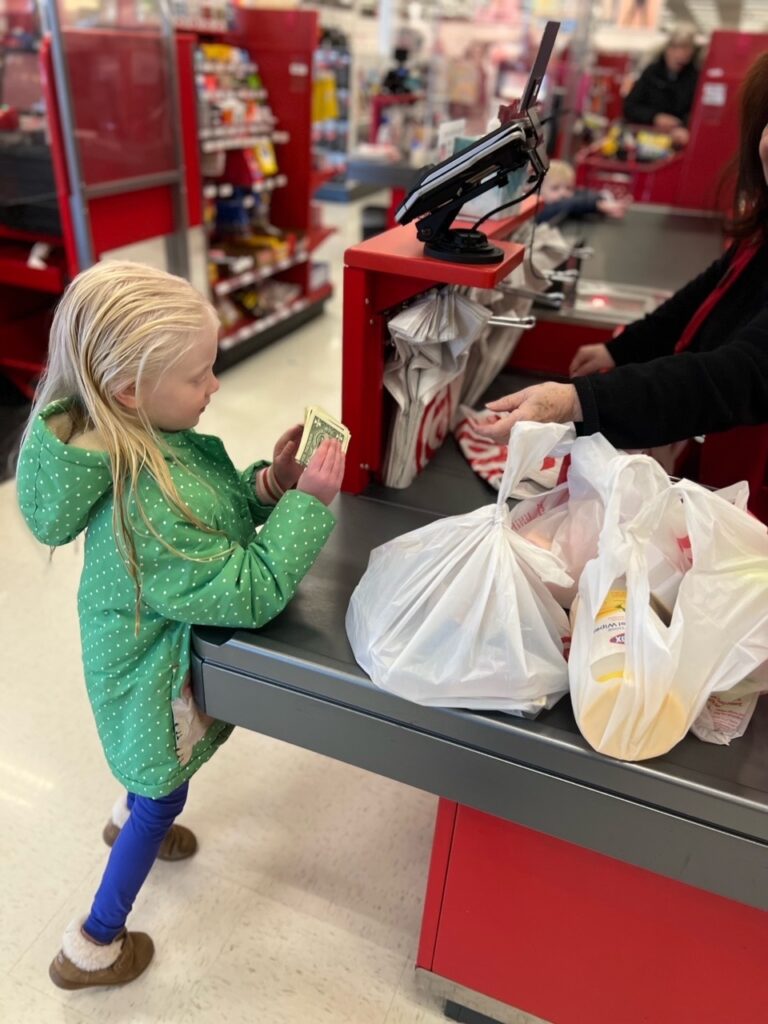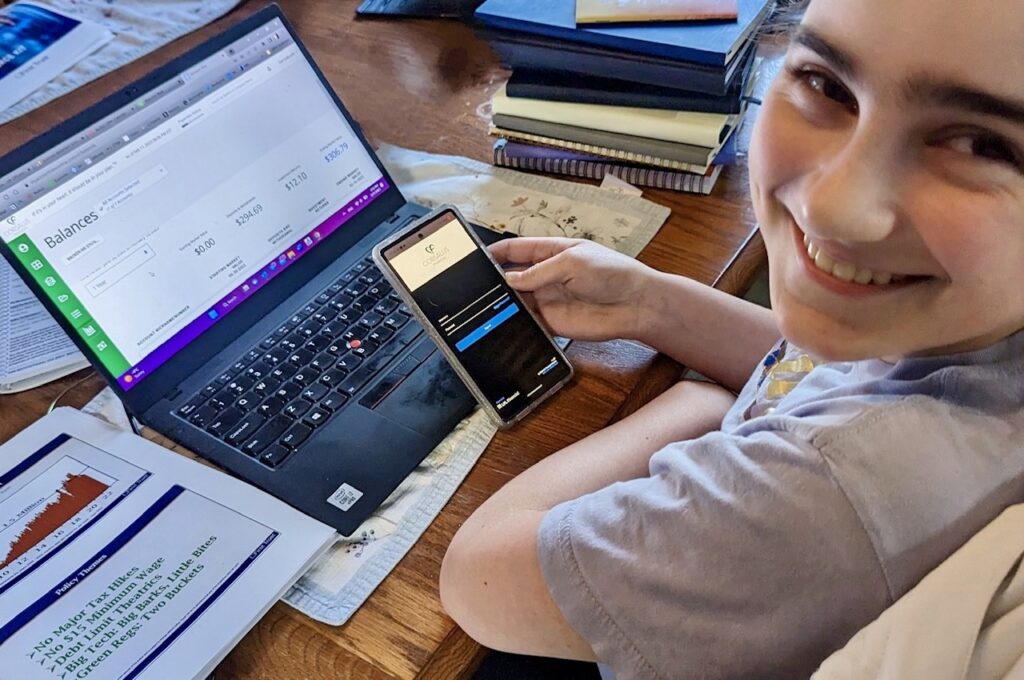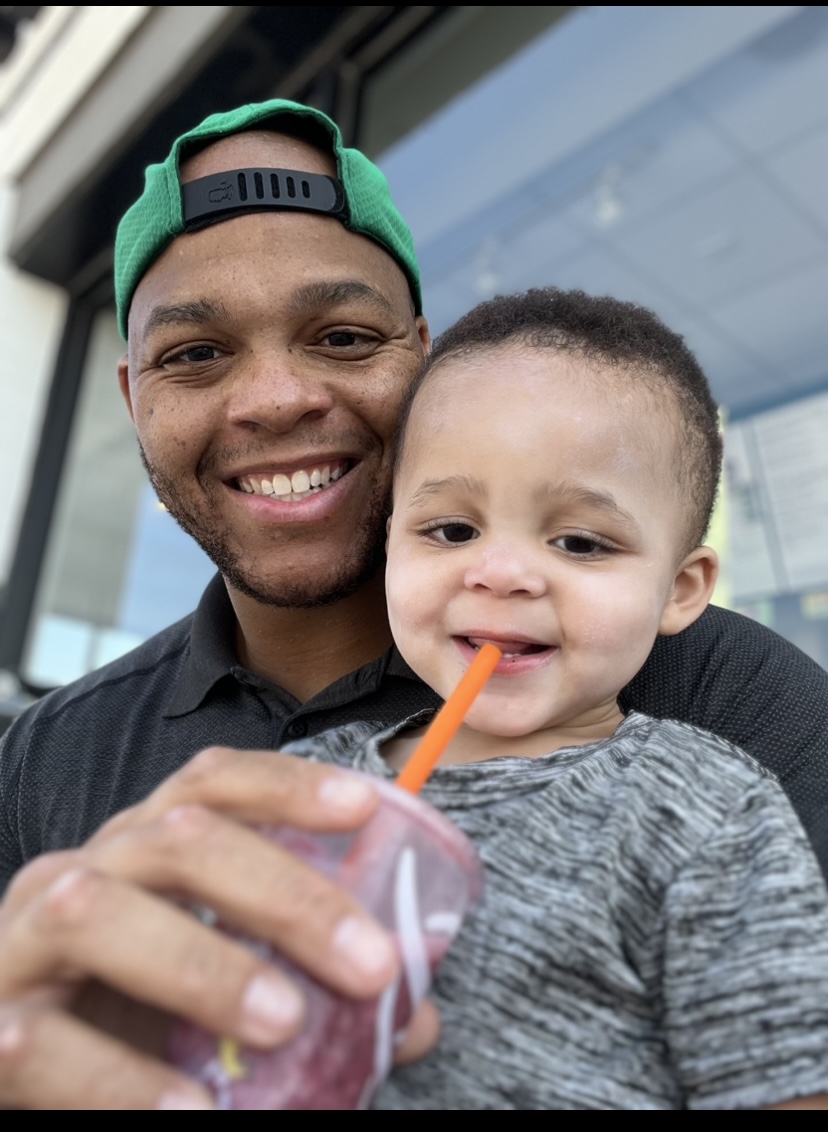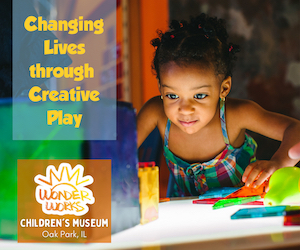Today’s kids have more information at their fingertips than past generations could ever have dreamed—but not all this information is always accurate. And when it comes to financial literacy, the ability to weed out misinformation is crucial when it comes to developing healthy financial habits. What can parents do to encourage their kids to become financially aware adults?
Kidlist welcomes Jason Dobrzynski, CFP®, CMFC® , Maralynn Kearney, MBA, and Lori Galbraith from Corsalus Financial as a guest contributors to help us sort through the barage of information about how to raise kids in regards to money and point us in the right direction. Feel free to reach out to them if you have more questions. We love how they take a whole-family approach to financial planning and they are great people to talk with about your family’s goals.
Ages 3-10: Learning About Money

It’s never too early for children to learn the basic principles behind money, which is to exchange something you have for something you want. Setting up a play store at home where they can “purchase” items they want will get them started on the concept of exchanging money. Play equals learning!
Once your children are a bit older, you can build on this initial knowledge by involving them in household purchases. For example, you can help them boost their math and financial skills by adding up the price of items you’re purchasing at the grocery store or choosing between products to ensure that the total stays below a certain amount, which is the beginnings of learning how to create a budget.
Ages 11-15: Saving and Discovering the Value of Money

Tweens and teenagers are better able to conceptualize cost and value, which makes this the perfect time to create habits that will help them live within their means. If your child receives an allowance, this can provide an opportunity for them to pay for treats and extras to learn the value of money.
For example, you may be able to show your child that one week’s allowance is enough to go to the movies twice or purchase a toy they’ve been eyeing, whereas buying a new video game or larger-ticket item will require them to save up two- or three-weeks’ allowance. Not only can this help your child learn to prioritize among various wants and delay gratification, but using a cash allowance can also discourage overspending.1
Ages 16-20: Building Credit and Investing
Saving and living within one’s means are important lessons to apply during every stage of life. But when teens are preparing to enter adulthood, it’s also crucial for them to understand the role credit can play in everything from hiring decisions to purchasing their first home.2 By establishing healthy credit habits, your teen can get an early start on building a solid credit score. For example, they can take out a low-limit credit card and pay it off each month.
One of the final steps in creating financially-literate children is to educate them on investing. Many online brokerage accounts can be opened with a relatively small initial contribution, which is a great place to start. By working with your teen to evaluate the merit of potential investments, you can help them capture some of the most valuable investing years of their life.3

Important Disclosures:
The opinions voiced in this material are for general information only and are not intended to provide specific advice or recommendations for any individual. To determine which investment(s) may be appropriate for you, consult your financial professional prior to investing. Investing involves risks including possible loss of principal.
All information is believed to be from reliable sources; however LPL Financial makes no representation as to its completeness or accuracy.
This article was prepared by WriterAccess.
LPL Tracking #1-05318617.
1 https://www.thebalance.com/how-to-switch-to-cash-only-for-your-budget-2385691
2 https://scholars.org/contribution/how-do-employers-use-credit-reports-hiring-decisions-and-how-can-process-be-improved
3 https://www.themint.org/kids/compounding-calculator.html
















